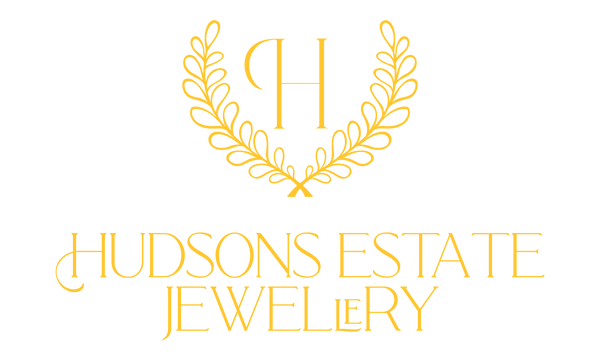Emerging after the First World War, the Art Deco movement was a bold declaration of a new age. This era's jewellery is a celebration of modernity, speed, and luxury, making it one of the most popular and collectible styles today. With its clean lines, striking geometry, and vibrant colours, Art Deco jewellery is a powerful statement of style and a tangible link to the glamour of the Roaring Twenties.
Historical Influences
Art Deco was a direct product of the post-war optimism and the rapid technological advancements of the 1920s and 30s. The world had changed dramatically, and the jewellery reflected this. The discovery of King Tutankhamun's tomb in 1922 sparked a fascination with Egyptian motifs, leading to the incorporation of stylised lotuses and hieroglyphic patterns.
Cubism, Futurism, and other modern art movements also influenced the emphasis on form, abstraction, and the celebration of technology. The rise of the Jazz Age, with its free-spirited energy and glamour, also contributed to the bold, celebratory nature of the jewellery. It was an era of unprecedented social change, and jewellery became a way to express that freedom and confidence.
Key Characteristics
Art Deco jewellery is defined by its geometric shapes and striking symmetry. Inspired by architecture and machine aesthetics, pieces often feature sharp lines, stepped patterns, and bold, symmetrical designs. This was a complete departure from the organic, flowing lines of the Art Nouveau period that preceded it. Colour was used dramatically, with vibrant combinations of sapphires, rubies, and emeralds set against diamonds and platinum.
The jewellery of this period was designed to complement the new, liberated fashions of the day. Long pendant necklaces, known as sautoirs, draped elegantly over simple dress silhouettes, while large cocktail rings adorned hands holding a champagne glass. The style was a celebration of opulence and a forward-looking vision of a new, modern world.
The use of new materials also became popular, including rock crystal, jade, and coral, all of which were polished and cut into precise geometric shapes. Cabochon-cut stones and black onyx were also frequently used to create graphic contrast, highlighting the bold, linear designs. The style was a celebration of opulence and a forward-looking vision.
What to Look For
When examining an Art Deco piece, look for the technical precision that defines the era. The most prized pieces will feature calibre-cut gems, stones meticulously cut to fit a specific geometric setting, creating a seamless, mosaic-like effect. This technique is a hallmark of the era's high level of craftsmanship.
The use of contrasting materials, such as black onyx or enamel with diamonds and coloured gems, is a signature characteristic. You should also check for balanced symmetry and well-defined, sharp lines in the design. Genuine Art Deco pieces will feel substantial and well-made. Be wary of pieces with an asymmetrical or flowing design, as this is more indicative of the Art Nouveau period that preceded it.
Look for hallmarks and maker's marks from renowned jewellery houses of the time, such as Cartier, Boucheron, and Van Cleef & Arpels. Their signed pieces are highly valued. For the collector, an authentic Art Deco piece is not just an adornment but a wearable piece of history that embodies the exuberance and innovation of one of the 20th century's most iconic periods.
Ready to own a piece of the Jazz Age? Explore our stunning collection of Art Deco jewellery and find a bold statement piece that’s perfect for you. Visit Hudsons Estate Jewellery today.
